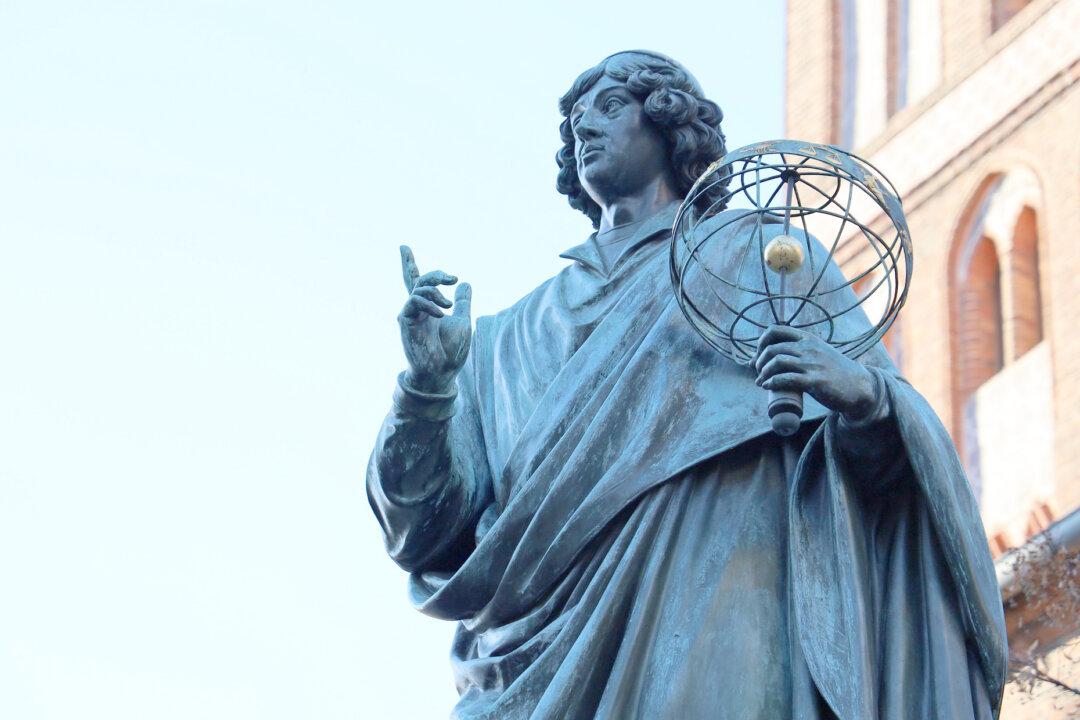Commentary
Dr. Scott Atlas is a senior fellow at Stanford University’s Hoover Institution who studies “the impact of government and the private sector on access, quality, and pricing in health care, global trends in health care innovation, and key economic issues related to the future of technology-based medical advances.” He’s written two books on these subjects. From 1998 to 2012, he served as professor and chief of neuroradiology at Stanford University Medical Center. In August, he was appointed to President Donald Trump’s Coronavirus Task Force.





